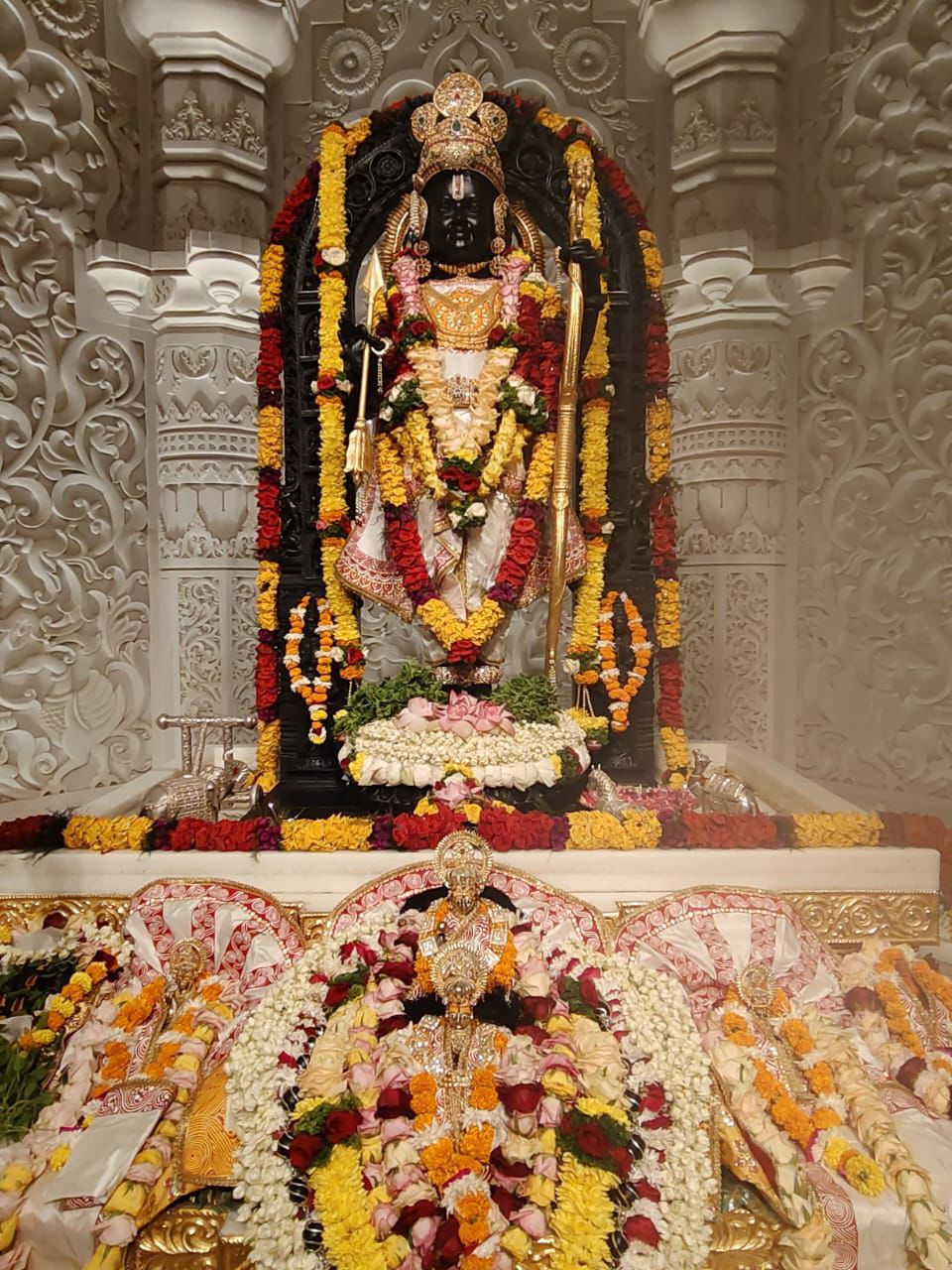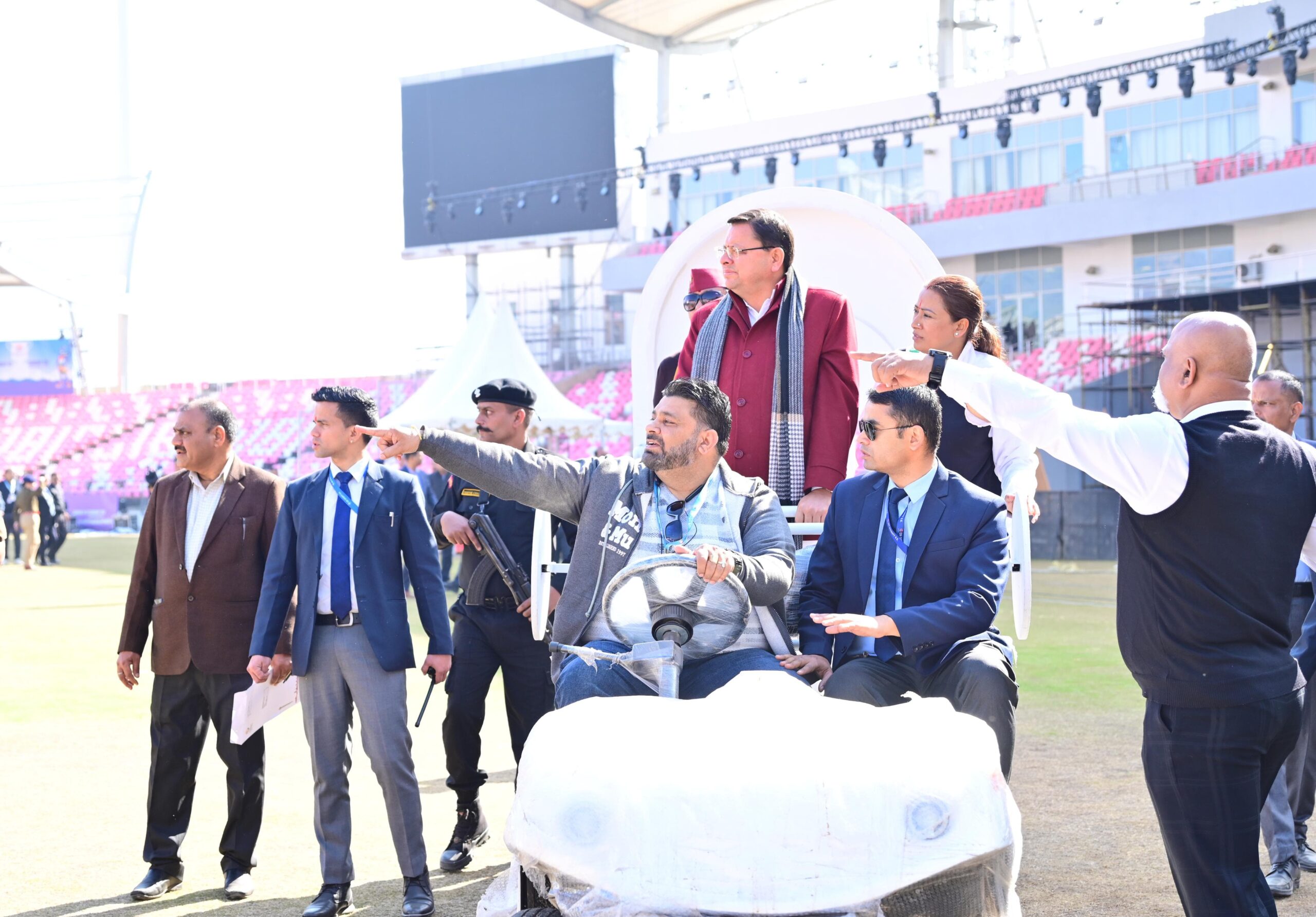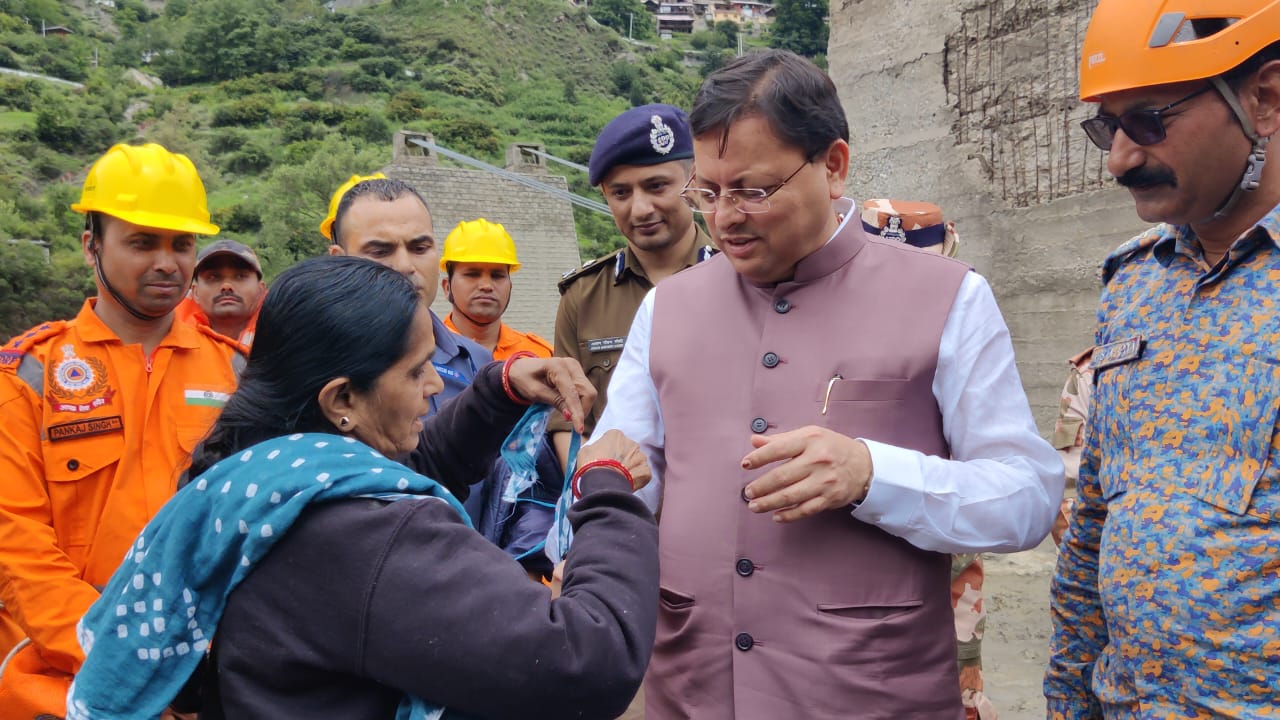Uttarakhand News:
The state government claims that the rich cultural heritage and traditional arts of Uttarakhand are not only getting a new identity, but the younger generations is also getting inspired by it and joining it.
The government claims to be giving due priority to promoting and conserving the rich cultural heritage and traditional arts of Uttarakhand.
As the part of this, on 23 September, Monday the divine idol of Lord Ram Lala seated in the Ayodhya was adorned in Shubhvastram decorated with the world famous Aipan art of Devbhoomi.

The government has claimed that this Shubhvastram is not only a symbol of the traditional art and dedication of Uttarakhand, but it has also added a new glorious chapter to the cultural prosperity of the state on the national stage.

The Shubhvastras were prepared by the skilled craftsmen of Uttarakhand with the inspiration of Chief Minister Pushkar Singh Dhami. The Chief Minister personally presented the Shubhvastram to the Ram temple in Ayodhya. The Shubhvastram not only shows the Aipan art of the state, but also has a wonderful coordination of the devotion contained in it and the unique craftsmanship of the Shram Sadhaks (craftmen), which has made the cultural image of Uttarakhand more vivid.

The government has claimed that under the leadership of Chief Minister Dhami, many concrete steps are also being taken towards the promotion of folk art, music, dance and crafts of the state. Chief Minister Dhami is not only encouraging the local handicrafts and artisans of the state, but is also inspiring the youth of the state to connect with their cultural roots.

The echo of Uttarakhand’s traditional art and culture is now being heard on international platforms as well. The folk arts of Uttarakhand are being prominently presented in various international events, giving the state global recognition and respect. Dhami believes that the cultural heritage of the state should be preserved and promoted with modern resources and techniques so that this invaluable heritage remains safe for generations to come. He has also stressed that the overall development of the state is possible only when its cultural roots are strong.



